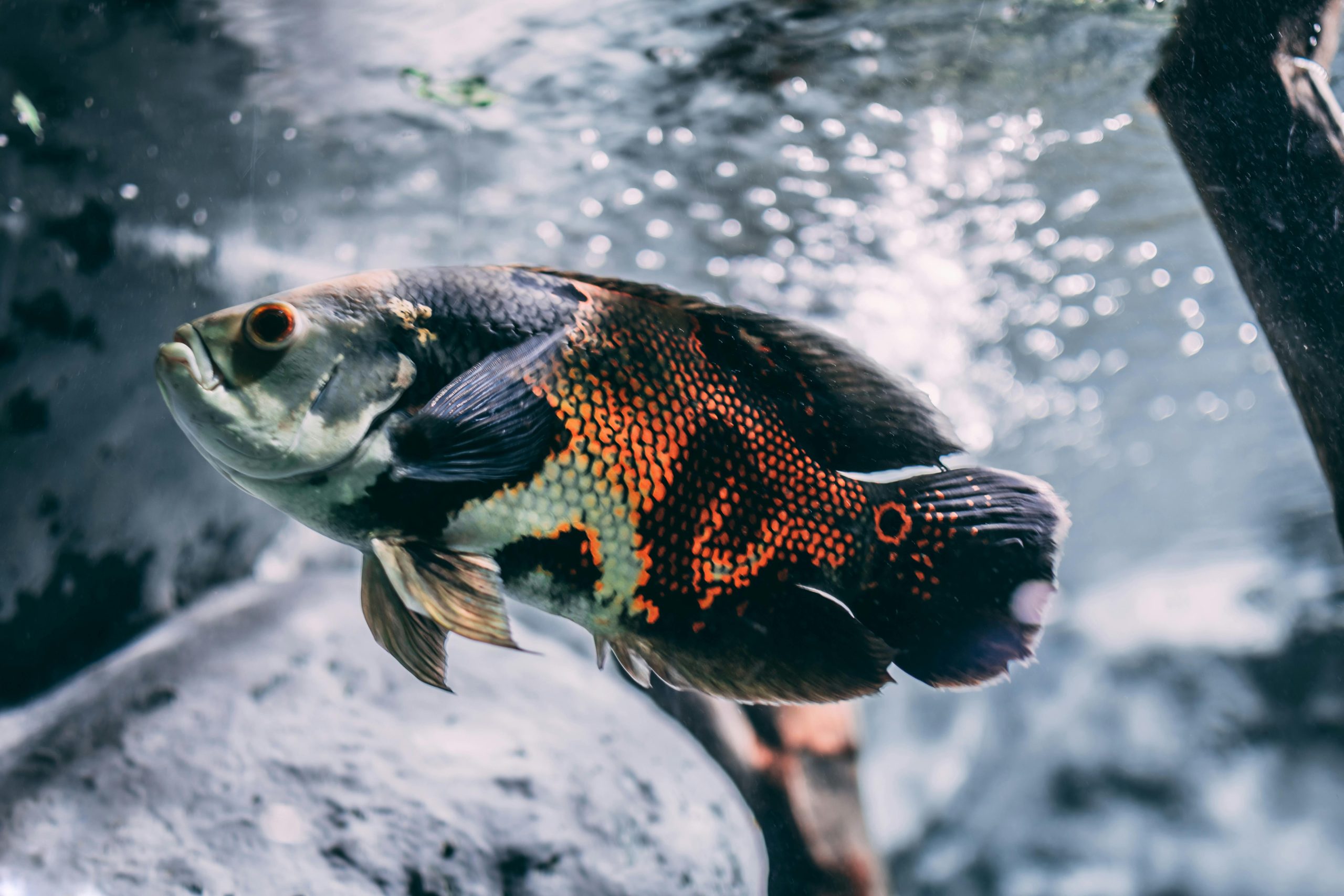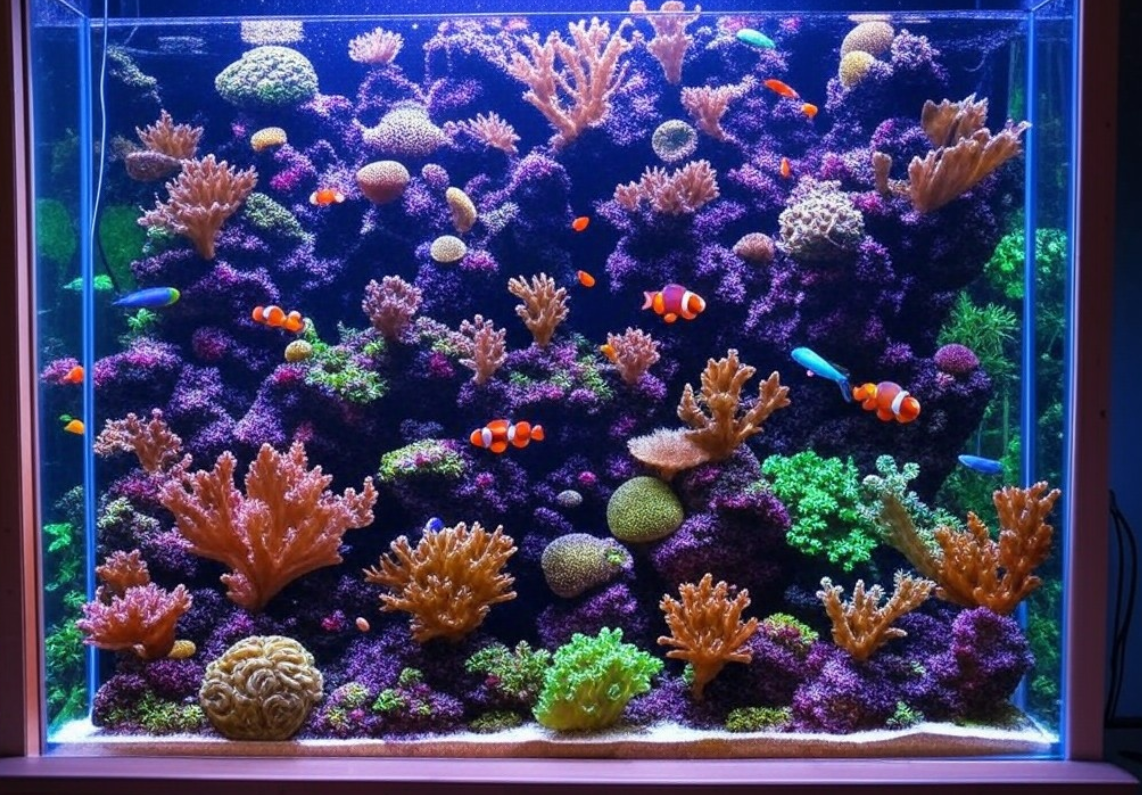Table of Contents
![]()
Nano aquariums, those diminutive aquatic habitats typically less than 10 gallons in size, have seen a surge in popularity among hobbyists and enthusiasts. Their compact nature makes them ideal for small spaces, offering a unique blend of aesthetic appeal and manageable care requirements. This article delves into the world of nano aquariums, exploring their types, equipment, setup, maintenance, and the benefits and challenges they present.
Introduction
Definition of Nano Aquariums
Nano aquariums are small-scale fish tanks that generally hold fewer than 10 gallons of water. This size category differentiates them from traditional and larger aquariums, which offer more space for aquatic life and more complex setups. Nano tanks are often chosen for their space-saving qualities and the ease with which they can fit into various living environments, from apartments to offices.
Popularity and Appeal
The appeal of nano aquariums lies in their compact size and the versatility they offer. They can serve as eye-catching focal points in a room, providing a touch of nature in a confined space. For beginners, nano tanks offer a manageable introduction to the world of aquariums, while experienced hobbyists appreciate the challenge and creativity involved in maintaining a small-scale ecosystem.
Types of Nano Aquariums
Freshwater Nano Aquariums
Freshwater nano aquariums are characterized by their use of freshwater species, such as small fish, shrimp, and aquatic plants. Common fish include guppies, tetras, and bettas. Aquascaping, the art of arranging aquatic plants and decorations, is a key aspect of these tanks. Techniques like the “Dutch” style, which emphasizes plant arrangement and color contrasts, or the “Iwagumi” style, which focuses on rock formations, are popular among freshwater nano enthusiasts.
Saltwater Nano Aquariums
Saltwater nano aquariums, also known as marine or reef nano tanks, are designed to house marine species, including coral, fish, and invertebrates like shrimp and crabs. These tanks often require more specialized equipment compared to freshwater setups, such as protein skimmers and more advanced filtration systems. Marine species like clownfish, gobies, and various types of corals are commonly kept in these environments.
Equipment and Supplies
Filtration Systems
Effective filtration is crucial for maintaining water quality in a nano aquarium. For freshwater setups, hang-on-back filters or small canister filters are often used. In saltwater tanks, filters must handle the specific needs of marine environments, and protein skimmers are commonly employed to remove organic waste. Regular maintenance, including cleaning and replacing filter media, helps prevent issues like algae blooms and poor water quality.
Lighting
Lighting is a vital component of nano aquariums, influencing the health of both fish and plants. Freshwater tanks generally use LED or fluorescent lights tailored to the needs of aquatic plants. In saltwater aquariums, lighting must support coral growth and highlight the colors of marine life. LED lights with adjustable intensity and color spectrum are popular for their efficiency and versatility.
Heating and Temperature Control
Maintaining a stable temperature is essential in nano aquariums. Freshwater tanks typically require a heater that maintains a consistent temperature range suitable for the specific fish species. In saltwater setups, temperature control is even more critical due to the delicate balance required for corals and marine organisms. Heaters with thermostats and reliable temperature monitoring systems are recommended.
Substrates and Decorations
The choice of substrate and decorations impacts both the aesthetic appeal and the health of the aquarium. Freshwater tanks might use gravel or sand substrates, depending on the types of plants and fish. In marine tanks, live rock and sand are often used to create natural habitats for corals and invertebrates. Decorations should be chosen carefully to avoid materials that could leach harmful substances into the water.
Setup and Maintenance
Initial Setup
Setting up a nano aquarium involves several steps. Begin by thoroughly cleaning the tank and equipment to remove any residues. Install the filtration system and heater, then add the substrate and decorations. Fill the tank with water, and initiate the nitrogen cycle to establish beneficial bacteria that will process waste. Testing water parameters, including pH, ammonia, nitrite, and nitrate levels, is crucial before introducing any aquatic life.
Routine Maintenance
Regular maintenance is key to the longevity and health of a nano aquarium. This includes performing partial water changes, usually around 10-20% weekly, to maintain water quality. Cleaning the tank, checking equipment, and monitoring water parameters are essential tasks. Algae control, equipment maintenance, and ensuring a stable environment are part of the routine care.
Troubleshooting Common Issues
Common issues in nano aquariums include algae overgrowth, which can be managed with proper lighting and nutrient control, and diseases among fish and corals. Prompt identification and treatment are important to prevent the spread of diseases. Equipment malfunctions should be addressed immediately to avoid disruptions in the tank’s ecosystem.
Stocking and Aquascaping
Choosing the Right Livestock
Selecting appropriate livestock for a nano aquarium involves understanding the compatibility of species and adhering to stocking limits. Overcrowding can lead to poor water quality and stress among inhabitants. Freshwater nano tanks benefit from small, peaceful fish, while saltwater tanks require careful selection of marine species that can thrive in smaller spaces.
Aquascaping Ideas
Aquascaping in nano tanks allows for creativity and artistic expression. Freshwater tanks might feature lush plant arrangements and intricate rock formations, while saltwater tanks often showcase vibrant coral reefs and naturalistic designs. The goal is to create a balanced and visually appealing environment that also meets the needs of the aquarium’s inhabitants.
Benefits and Challenges
Benefits
Nano aquariums offer several advantages. They are ideal for small living spaces, making them accessible for people who might not have room for larger tanks. The cost of setup and maintenance is generally lower, and the smaller size makes them easier to manage. Additionally, nano tanks provide educational and therapeutic benefits, allowing enthusiasts to observe and interact with aquatic life up close.
Challenges
Despite their advantages, nano aquariums present challenges. The limited space can make it difficult to maintain stable water conditions, and there is less room for error when it comes to water quality management. The small size also means that any changes in the tank’s environment can have a more pronounced impact on its inhabitants. Careful attention and regular maintenance are essential to address these challenges effectively.
Trends and Innovations
Advances in Nano Aquarium Technology
Recent advancements in nano aquarium technology have introduced smart equipment and automation features. These innovations include programmable lighting systems, automated feeding devices, and advanced water monitoring tools. New materials and designs are also emerging, offering improved durability and functionality for nano tanks.
Community and Resources
The growing community of nano aquarium enthusiasts can be found in online forums, social media groups, and local aquarium clubs. These resources provide valuable information, support, and inspiration for both new and experienced hobbyists. Engaging with the community can enhance the enjoyment and success of managing a nano aquarium.
Conclusion
Nano aquariums offer a fascinating and accessible way to engage with aquatic life. Their compact size and the creativity they inspire make them a popular choice for many hobbyists. While they present unique challenges, the rewards of maintaining a thriving nano aquarium are substantial. As technology and techniques continue to evolve, the world of nano aquariums is set to expand, offering even more opportunities for enjoyment and discovery.
Share This





Be the first to comment